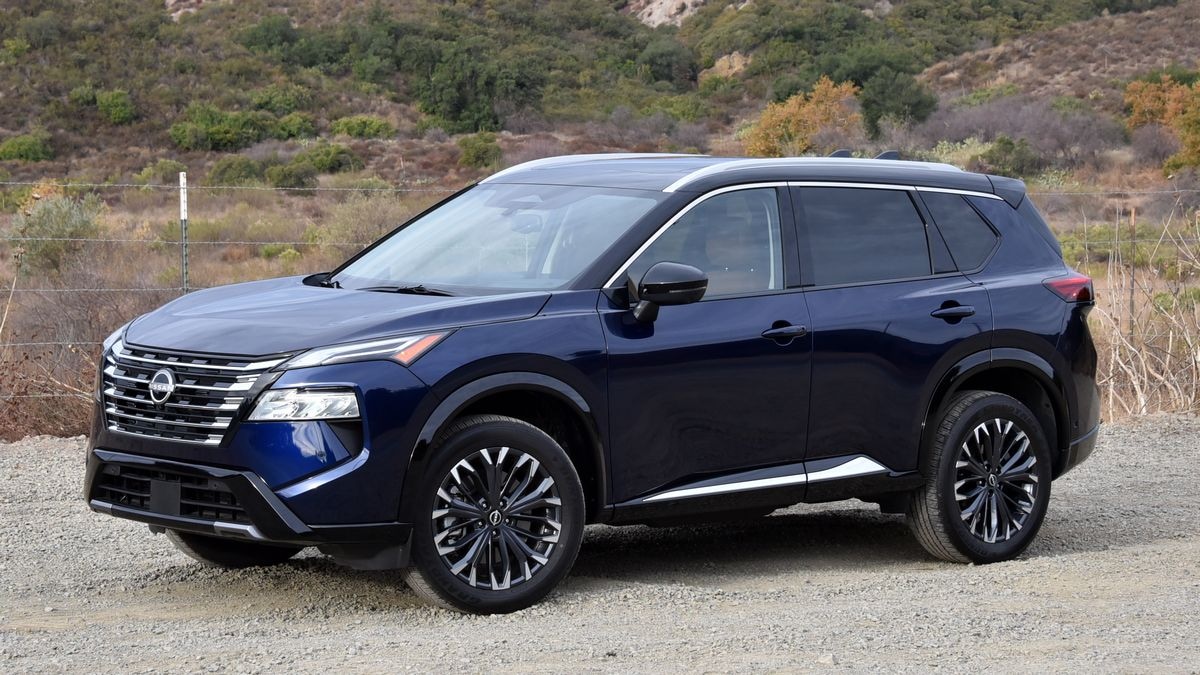
Automakers continue to shift production plans in response to aggressive new car tariffs. But they’re running up against the limits of an industry that makes long-term plans and can’t change them quickly.
Nissan Spins Up Rogue Production
Industry publication Automotive News reports, “Nissan will boost U.S. production of its best-selling Rogue crossover by more than half in response to the Trump administration’s tariffs on imported vehicles.”
AN reporters cite a memo sent to suppliers, saying the company will add capacity at an underutilized plant in Smyrna, Tennessee. Nissan will speed up that plant and slow one in Kyushu, Japan.
Stellantis Dials Down Jeep Plant
Stellantis, meanwhile, appears to be moving some production outside the U.S.
Crain’s Detroit Business reports that the Jeep and Ram parent company has slowed activity at a Warren, Michigan, plant used to build Jeep Wagoneer and Grand Wagoneer SUVs. The company now “expects to churn out just fewer than 46,000 units this year at the 3.3 million-square-foot plant on the Warren-Detroit border.” That’s about half of last year’s total.
Meanwhile, the company has expanded a plant in Saltillo, Mexico, to build more Ram 1500 pickups. Ram trucks produced in Mexico could be subject to tariffs on car parts expected to begin next week, but a persistent industry rumor says the White House may delay those, or exempt parts made in Mexico and Canada.
Complex Calculations
The changes illustrate that shifting automotive production back to the U.S. will not be a simple matter.
In a separate report, AN explains, “Most automakers either can’t shift overseas production to their emptiest U.S. plants due to low demand or because they already have undisclosed plans to add next-generation vehicles there in the coming years. Upending those future product cycles to accommodate an existing imported model instead would be costly.”
Automakers design cars on cycles as long as 10 years, and enter into supplier agreements for that same period. Building a new factory can take years, and automakers must calculate the costs over decades. With each presidential administration lasting just four to eight years, they can’t pivot in time to satisfy a president.
Even shifting production to an underutilized factory is complex, AN explains.
“Most assembly sites also can’t be easily tooled to build vehicles of different sizes or powertrains, which greatly limits the locations where models assembled in Mexico, Canada, or elsewhere could be moved. Even if there is a logical landing spot, suppliers likely can’t pivot quickly enough to provide the necessary parts.”

